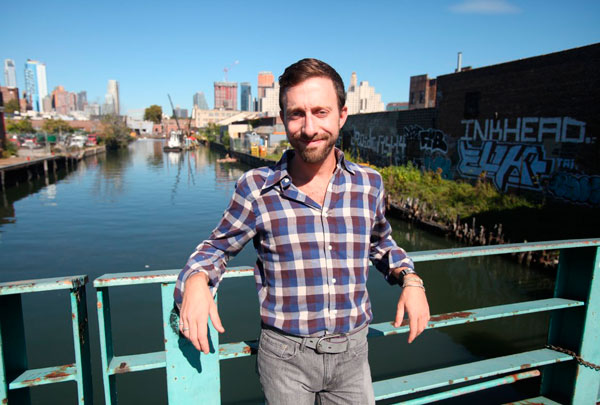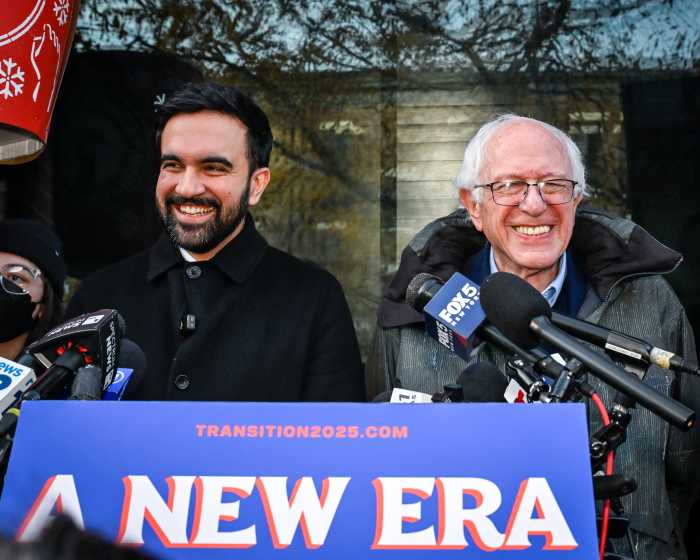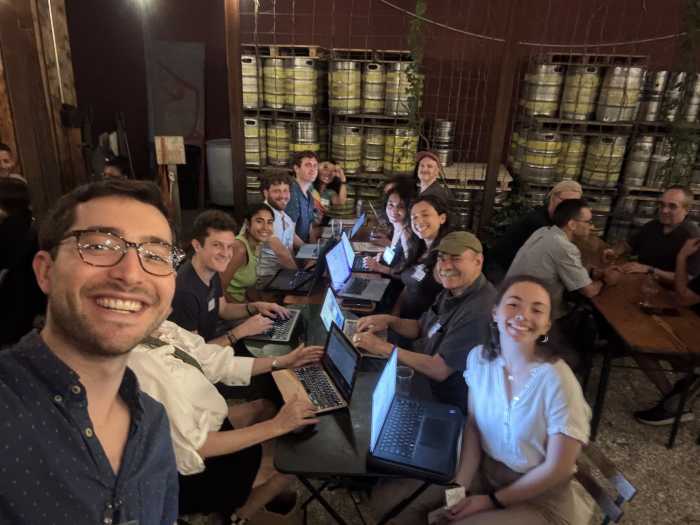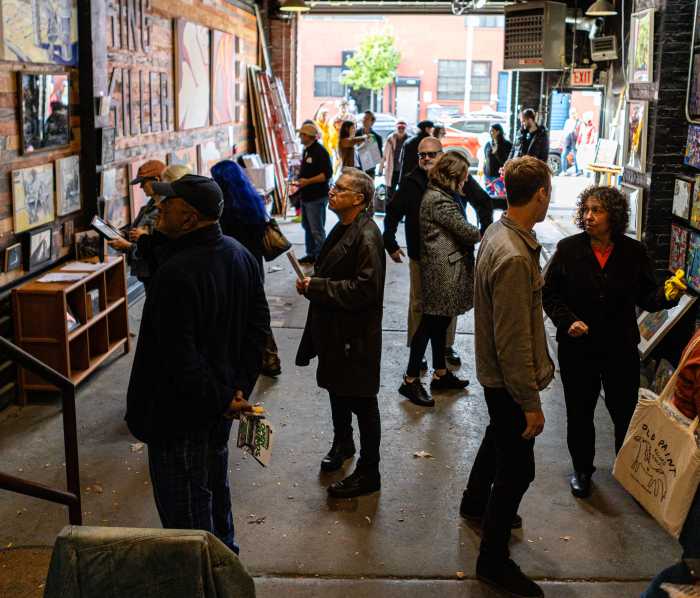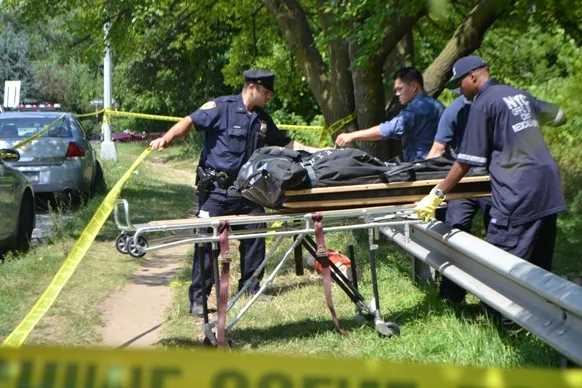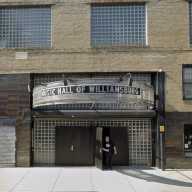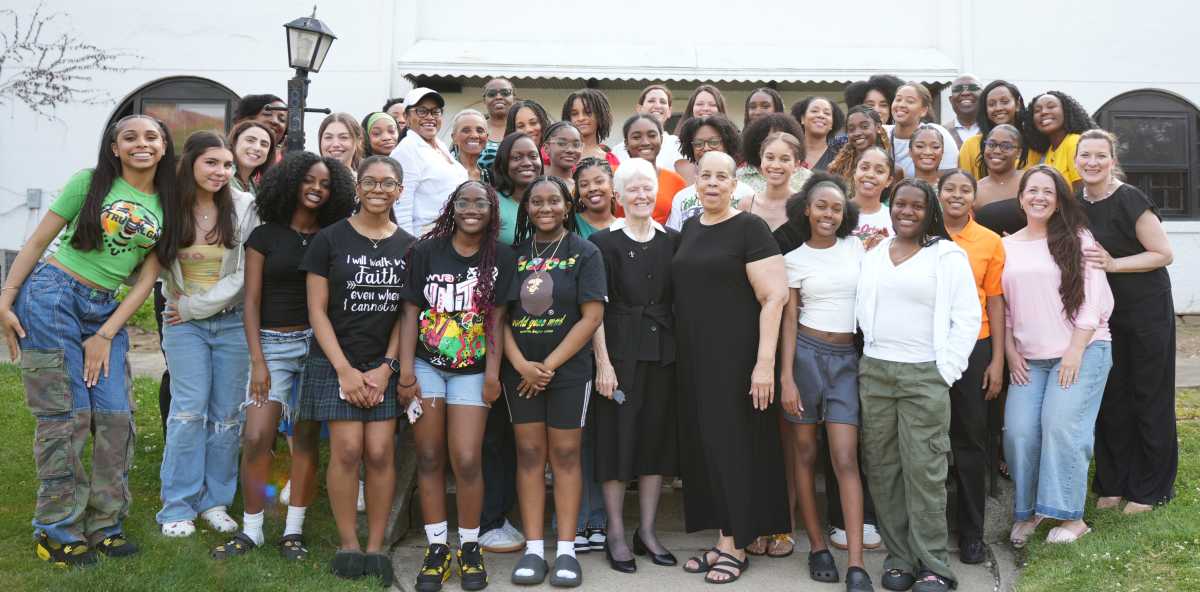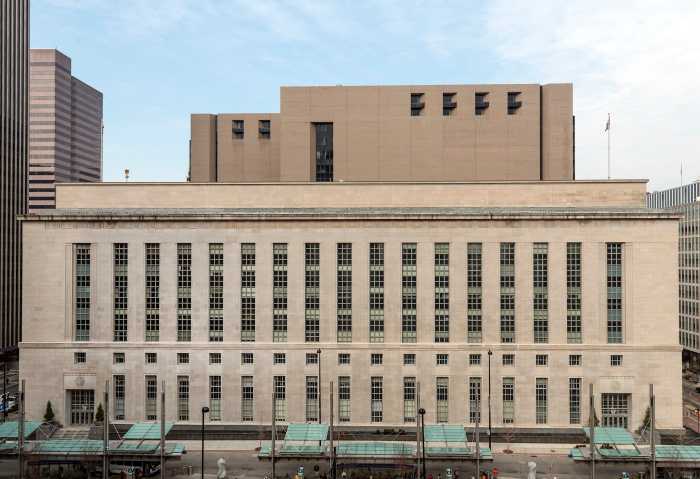The only thing filthier than the Gowanus Canal are the tycoons who built it.
A new book about the polluted waterway focuses largely on the Gilded Age scoundrels of Kings County, whose green-back ambitions helped transform the Gowanus Canal from a pristine tidal estuary into a toxic fecal nightmare. The author of “Brooklyn’s Curious Canal,” who will discuss it on Oct. 13 at the Brooklyn Historical Society, says the canal’s development throughout the ages tracks that of the greatest borough ever built.
“The Gowanus Canal is a lens through which you can look at the development of Brooklyn as a city,” said historian Joseph Alexiou. “You could stand at the water’s edge from 1630 to 2015, and you can tell exactly what period you’re in by how the canal’s being used. In the pre-colonial era you’re seeing natives fishing for oysters. Post-colonial you’re seeing Dutch settlers and grist mills. During the revolutionary period you’re seeing rebels getting shot, and during the industrial period you start seeing pollution.”
That pollution started during the late 19th Century, and Alexiou’s book lingers longest amongst the railroad tycoons, gas producers, and Gilded Age new money millionaires whose legacies are — for better or worse — inseparable from the Gowanus area.
Among those bourgeois Brooklynites was Edwin C. Litchfield, who used the wealth from his railroad holdings to fund the the canal’s construction and expand the area’s coal production facilities — a potent source of the pollution that continues to plague the waterway.
Alexiou recounts how Litchfield built the grand thoroughfare called Third Street — conspicuously wide and well-paved compared with the dirt roads surrounding it — so that he could ride pleasantly from his office near Fifth Street to his flamboyant mansion in what is now Prospect Park. The tycoon leaned on corrupt city officials to divert taxpayer funds and fuel to light gas lamps along Third Street, lighting a glorious highway that was used by almost no one but him, according to Alexiou.
“That’s what money and power does,” Alexiou said. “It gives fancy people the ability to build a fancy driveway.”
“Brooklyn’s Curious Canal” at the Brooklyn Historical Society [128 Pierrepont St. at Clinton Street in Brooklyn Heights] Oct. 13 at 7 pm. $10 ($5 for members).


